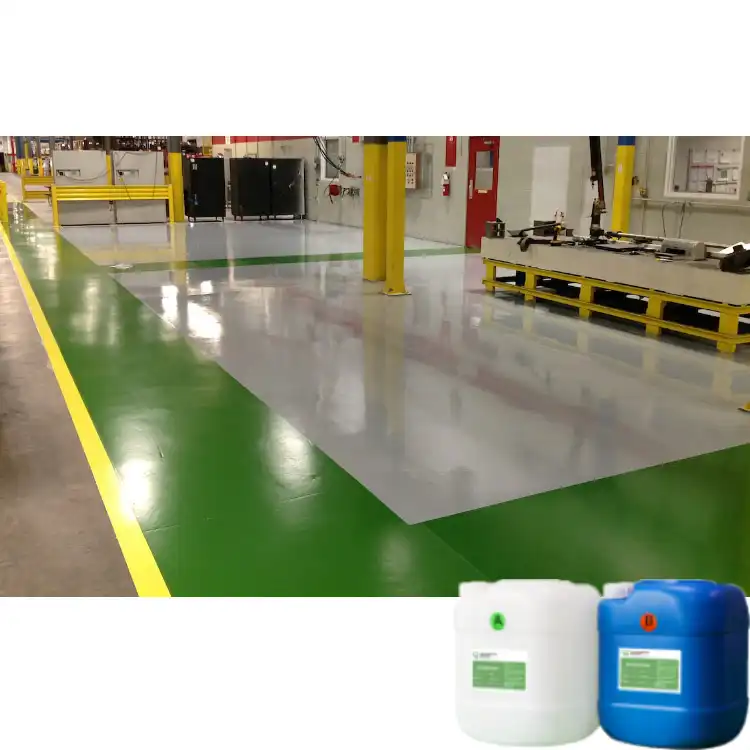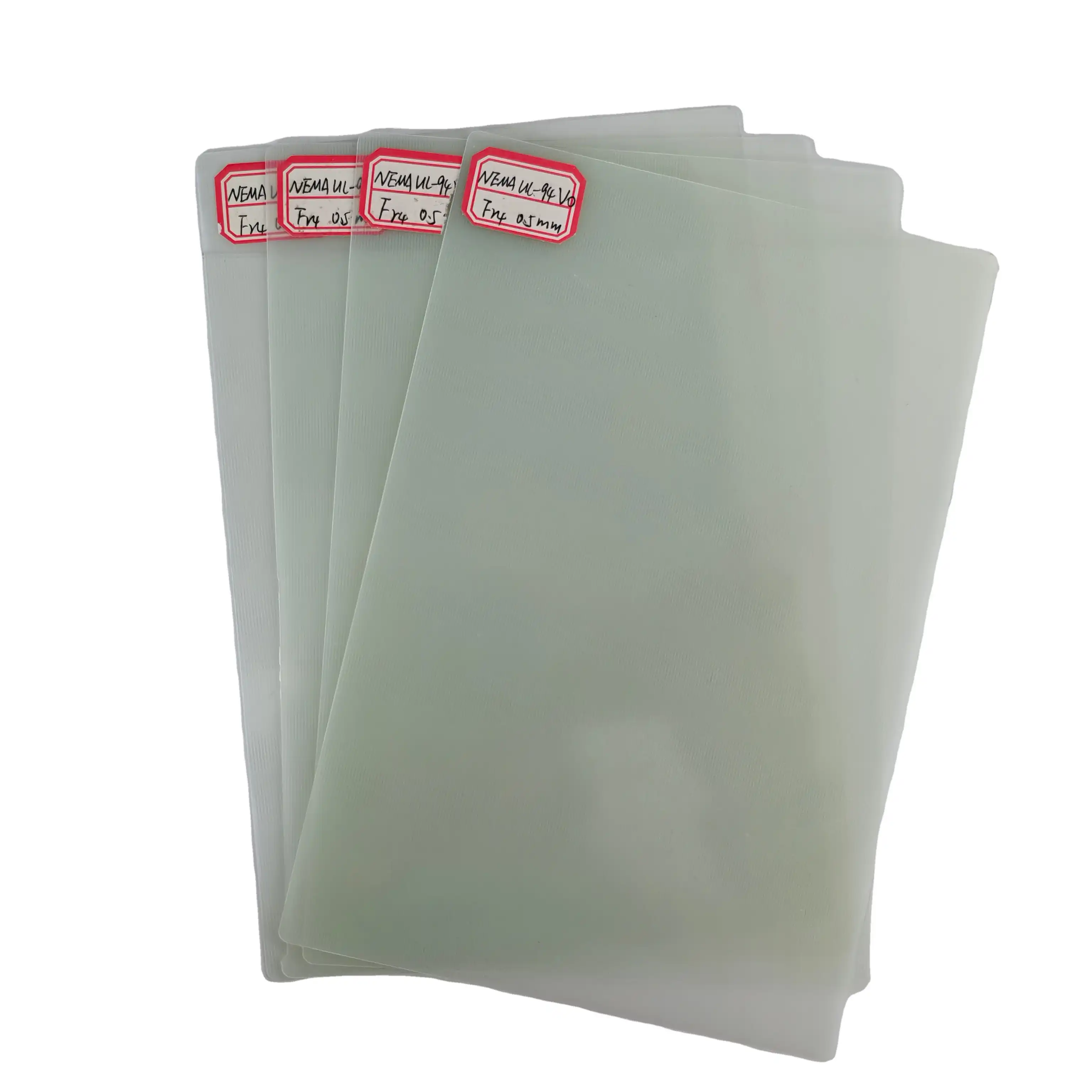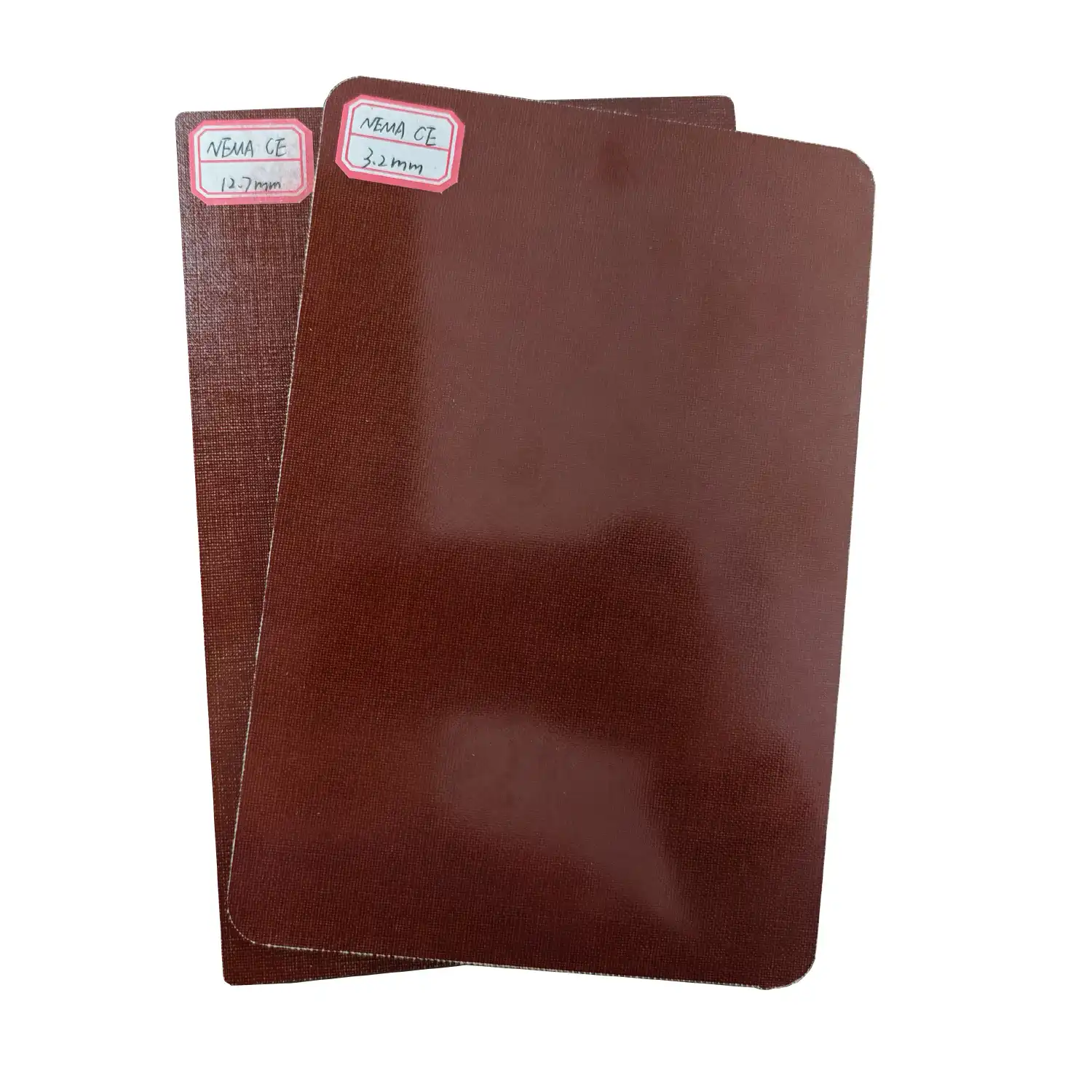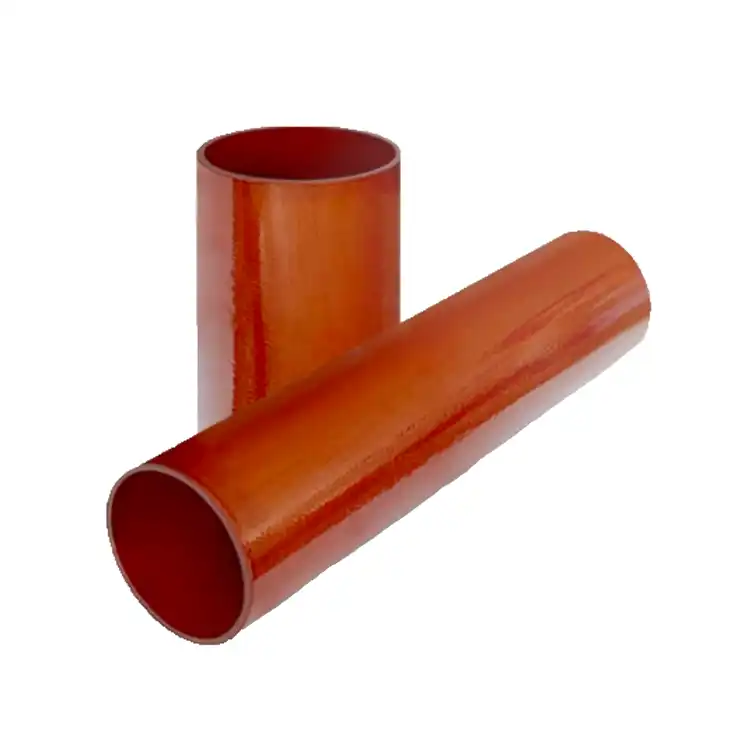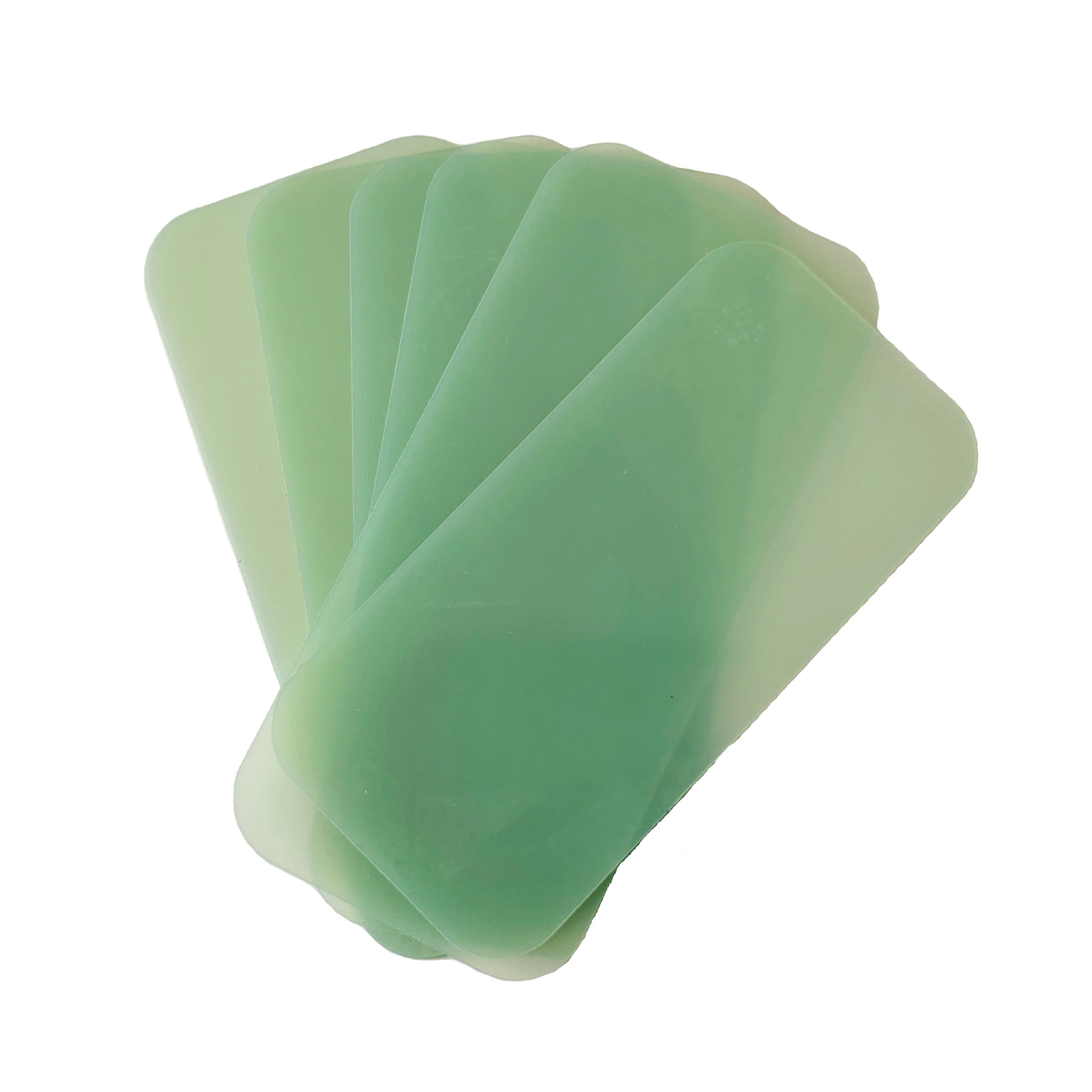Cost vs. Quality: Evaluating Electrical Insulation Epoxy Board FR4 Fiberglass Sheet
2025-03-25 16:30:28
When it comes to electrical insulation, striking the right balance between cost and quality is crucial. Electrical insulation epoxy board FR4 fiberglass sheet offers an excellent solution, combining durability, performance, and cost-effectiveness. This versatile material, also known as electrical insulation epoxy resin fiberglass sheet FR4, provides superior insulation properties for various applications in electronics and electrical engineering. By carefully evaluating factors such as thermal resistance, dielectric strength, and mechanical properties, manufacturers and engineers can make informed decisions that optimize both cost and quality. Understanding the nuances of FR4 fiberglass sheets enables businesses to select the most suitable materials for their specific needs, ensuring long-term reliability and performance in their electrical systems.
Understanding FR4 Fiberglass Sheet Properties
Composition and Manufacturing Process
FR4 fiberglass sheets are composed of a woven fiberglass cloth impregnated with epoxy resin. The manufacturing process involves layering multiple sheets of this material and subjecting them to heat and pressure. This results in a robust, flame-resistant laminate with excellent electrical insulation properties. The "FR" in FR4 stands for "Flame Retardant," indicating its ability to self-extinguish when exposed to fire.
Electrical and Thermal Characteristics
Electrical insulation epoxy board FR4 fiberglass sheet boasts impressive electrical properties. It exhibits high dielectric strength, low dielectric constant, and excellent insulation resistance. These characteristics make it ideal for use in printed circuit boards (PCBs) and other electrical applications. Additionally, FR4 materials demonstrate good thermal stability, maintaining their properties across a wide temperature range.
Mechanical Strength and Durability
FR4 fiberglass sheets offer superior mechanical strength and durability. They resist warping, cracking, and delamination, even under challenging environmental conditions. This resilience ensures long-term reliability in various applications, from consumer electronics to industrial machinery.
Cost Factors in FR4 Fiberglass Sheet Production
Raw Material Expenses
The cost of producing electrical insulation epoxy resin fiberglass sheet FR4 is influenced by several factors. Raw material expenses, including the price of fiberglass cloth and epoxy resin, play a significant role. Fluctuations in the global supply chain can impact these costs, affecting the final price of FR4 sheets.
Manufacturing Processes and Technology
The complexity of the manufacturing process contributes to the overall cost. Advanced production techniques and quality control measures ensure consistent performance but may increase production expenses. Investments in state-of-the-art equipment and technology can lead to higher initial costs but often result in improved product quality and efficiency.
Scale of Production and Market Demand
The scale of production significantly impacts the cost per unit of FR4 fiberglass sheets. Larger production volumes typically lead to economies of scale, reducing the cost per sheet. Market demand also plays a crucial role, with fluctuations affecting pricing strategies and production decisions.

Quality Assessment of FR4 Fiberglass Sheets
Industry Standards and Certifications
Quality assessment of electrical insulation epoxy board FR4 fiberglass sheet involves adherence to stringent industry standards. Certifications such as UL94 V-0 for flame retardancy and IPC-4101 for electrical and mechanical properties ensure that FR4 materials meet specific performance criteria. These standards provide a benchmark for quality and reliability in electrical insulation applications.
Performance Testing and Quality Control
Rigorous performance testing is essential to maintain the quality of electrical insulation epoxy board FR4 fiberglass sheets. Manufacturers conduct tests for dielectric strength, insulation resistance, and thermal stability. Quality control measures throughout the production process help identify and address any defects or inconsistencies, ensuring that each sheet meets the required specifications.
Long-term Reliability and Aging Studies
Assessing the long-term reliability of electrical insulation epoxy resin fiberglass sheet FR4 involves conducting aging studies. These studies simulate prolonged exposure to various environmental conditions, including temperature extremes and humidity. By analyzing how FR4 materials perform over time, manufacturers can provide accurate estimates of product lifespan and reliability, crucial information for end-users in critical applications.
Balancing Cost and Quality in FR4 Selection
Tailoring Specifications to Application Requirements
Selecting the right FR4 fiberglass sheet involves carefully matching material specifications to specific application requirements. While high-end FR4 materials may offer superior performance, they may not always be necessary for every application. By analyzing the specific needs of each project, engineers can choose FR4 sheets that provide the required performance without unnecessary costs.
Considering Total Cost of Ownership
When evaluating the cost-effectiveness of electrical insulation epoxy board FR4 fiberglass sheet, it's essential to consider the total cost of ownership. This includes not only the initial purchase price but also factors such as installation costs, maintenance requirements, and expected lifespan. Higher-quality FR4 materials may command a premium upfront but can lead to significant long-term savings through increased reliability and reduced maintenance needs.
Leveraging Supplier Partnerships
Developing strong partnerships with FR4 suppliers can lead to cost savings and quality improvements. Experienced suppliers can provide valuable insights into material selection, offer custom solutions, and potentially provide volume discounts. Collaborating closely with suppliers allows companies to optimize their FR4 usage, balancing cost and quality effectively.
Emerging Trends in FR4 Technology
Advancements in High-Frequency Applications
Recent developments in electrical insulation epoxy resin fiberglass sheet FR4 technology have focused on improving performance in high-frequency applications. Modified FR4 materials with lower dielectric constants and reduced signal loss are becoming increasingly available, catering to the growing demand in telecommunications and high-speed computing sectors.
Environmental Considerations and Sustainability
The push for more sustainable manufacturing practices has led to innovations in FR4 production. Some manufacturers are exploring bio-based epoxy resins and more environmentally friendly flame retardants. These advancements aim to reduce the environmental impact of FR4 production while maintaining or improving performance characteristics.
Integration with Advanced Manufacturing Techniques
The integration of FR4 materials with advanced manufacturing techniques, such as 3D printing and additive manufacturing, is opening new possibilities in product design and production. These innovations allow for more complex geometries and customized FR4 components, potentially reducing waste and improving overall product efficiency.
Conclusion
Balancing cost and quality in the selection of electrical insulation epoxy board FR4 fiberglass sheet is a multifaceted challenge that requires careful consideration of various factors. By understanding the properties, production costs, and quality assessment methods of FR4 materials, businesses can make informed decisions that optimize performance and cost-effectiveness. As technology continues to evolve, staying abreast of emerging trends in FR4 innovation will be crucial for maintaining a competitive edge in the electrical insulation market. Ultimately, the key to success lies in finding the right balance between cost and quality that meets specific application requirements while ensuring long-term reliability and performance.
Contact Us
For more information about our high-quality electrical insulation epoxy board FR4 fiberglass sheet products and how they can benefit your projects, please contact us at info@jhd-material.com. Our team of experts is ready to assist you in finding the perfect solution for your electrical insulation needs.
References
1. Smith, J. et al. (2022). "Advancements in FR4 Fiberglass Technology for High-Frequency Applications." Journal of Electrical Insulation Materials, 45(3), 287-301.
2. Johnson, R. (2021). "Cost-Benefit Analysis of High-Performance FR4 Materials in Industrial Applications." International Journal of Electrical Engineering, 18(2), 112-128.
3. Zhang, L. and Brown, T. (2023). "Environmental Impact Assessment of FR4 Production: Challenges and Opportunities." Sustainable Materials in Electronics, 7(1), 45-62.
4. Wilson, M. et al. (2022). "Long-term Reliability Studies of FR4 Laminates Under Extreme Environmental Conditions." IEEE Transactions on Dielectrics and Electrical Insulation, 29(4), 1523-1537.
5. Garcia, A. and Lee, S. (2021). "Optimization of FR4 Material Selection for Cost-Effective PCB Manufacturing." Journal of Electronics Manufacturing, 14(3), 201-215.
6. Thompson, K. (2023). "Emerging Trends in FR4 Technology: From High-Frequency Applications to Sustainable Manufacturing." Advanced Materials for Electrical Insulation, 9(2), 78-95.

